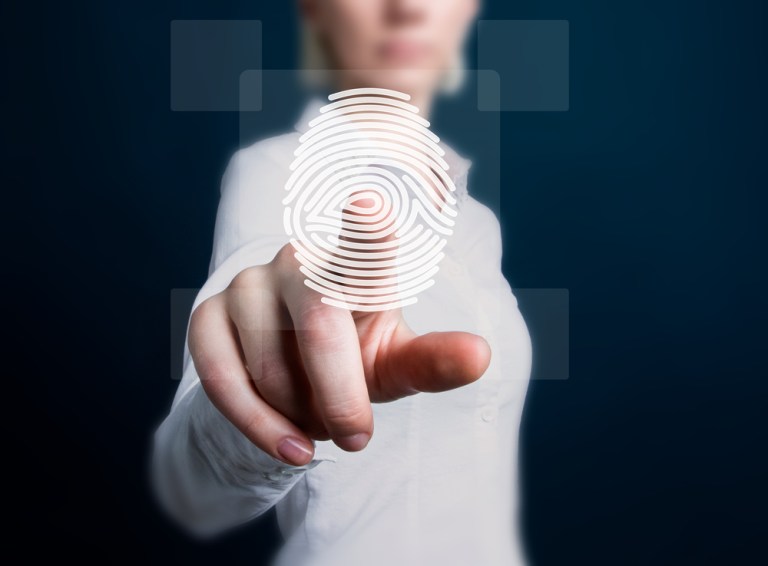Juniper Research predicted in a new report that the biggest shift coming in the mobile payment security industry is a movement toward software-based methods for verification that rely on standard smartphone components.
In a press release, the market research firm forecasted that users of these methods will jump from an estimated 429 million this year to 1.5 billion by 2023. Juniper said it will usher in an era in which mobile payment authentication uses biometrics based on individuals’ device usage patterns.
“Mobile payment security will broaden hugely thanks to the implementation of pure software solutions,” remarked report author James Moar. “The key battle now will be to convince users, particularly those in Europe and North America, that these methods are just as secure as traditional hardware-based security.”
According to Juniper, with the iPhone X and other smartphones offering facial and eye-based identification, fingerprint sensors will decline as a proportion of smartphone biometric hardware, from just over 95 percent in 2018 to below 90 percent by 2023. Also due to the increase in software-based biometrics, fingerprint sensor use will become much more contextual rather than the default biometric option, Juniper said in the press release.
Juniper’s prediction seems to ring true considering Samsung Electronics. Despite launching facial recognition before Apple later took the spotlight with its Face ID, Samsung is still working to beef up its capabilities in this area. It is reportedly working with Israeli startup Mantis Vision and camera module firm Namuga to integrate 3D sensing software into the camera of its next-generation Galaxy S smartphone.
And that’s not the only biometric identifier with which Samsung is playing. The company also applied for a patent for a device authentication method that detects users’ blood pressure. According to the patent, “the arterial conduction paths of different users are almost never identical.” Samsung is reportedly looking into replacing static and hackable PINs and passwords with a one-two authentication combo by pairing users’ blood pressure with their unique fingerprints.
Advertisement: Scroll to Continue




